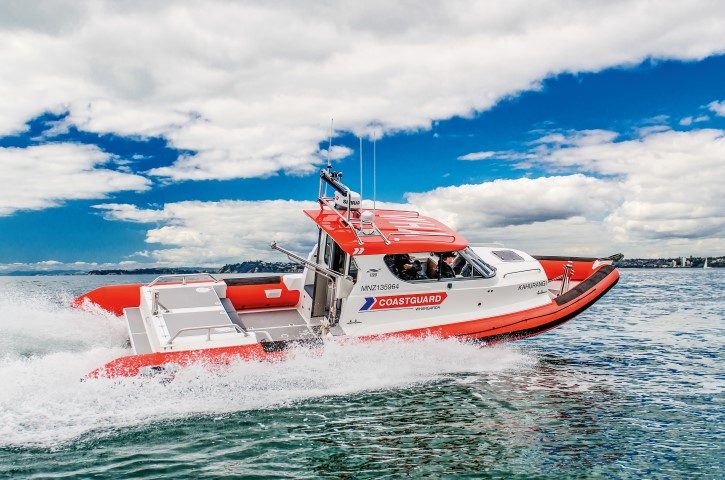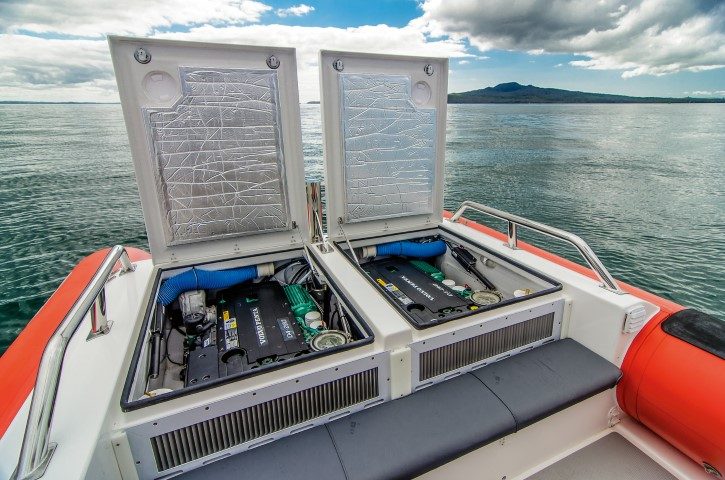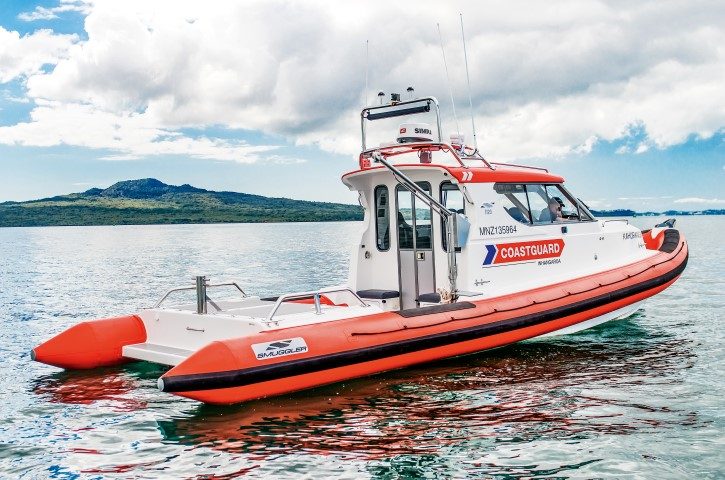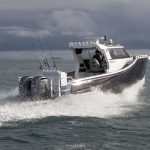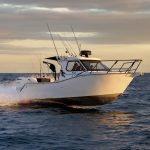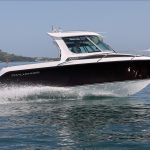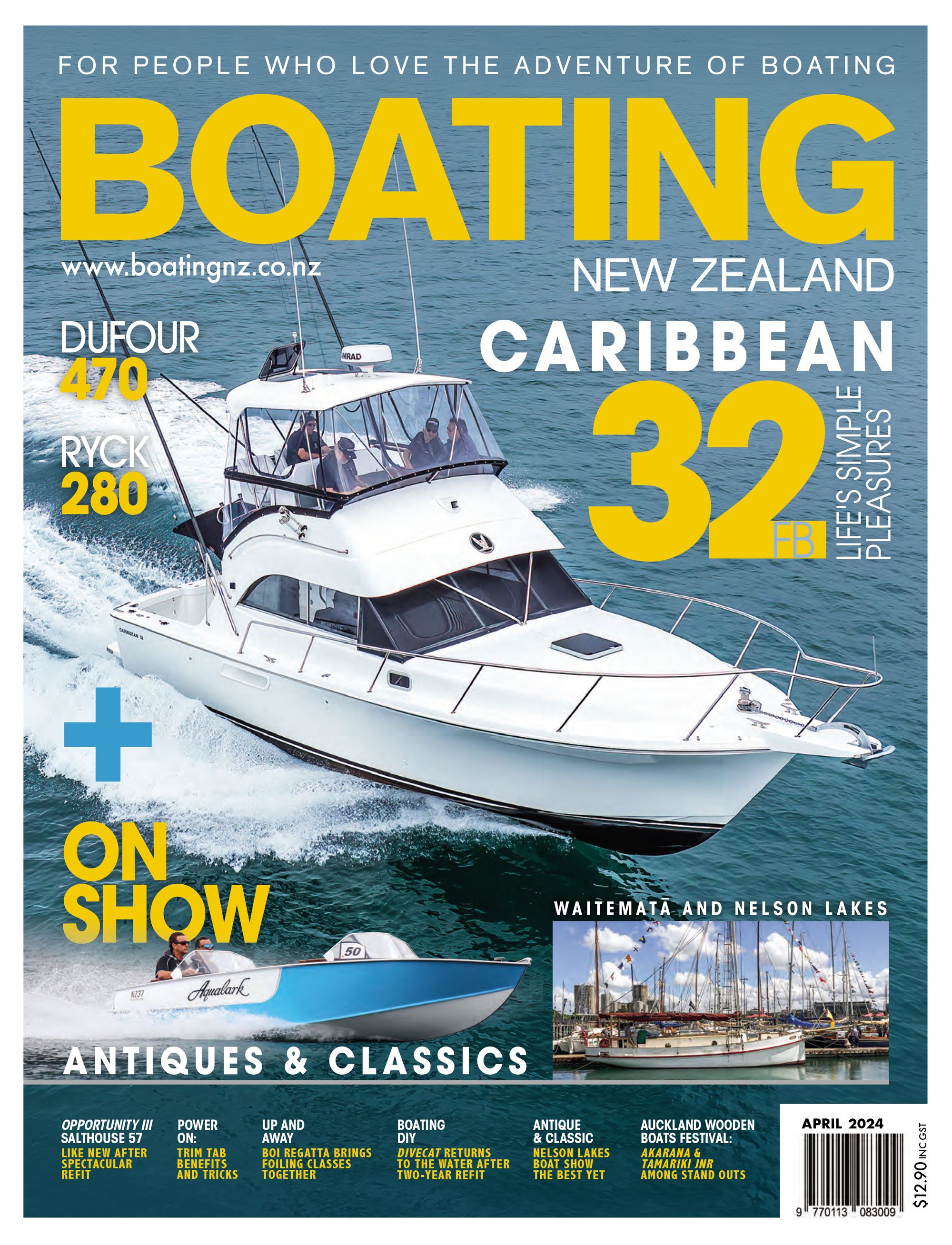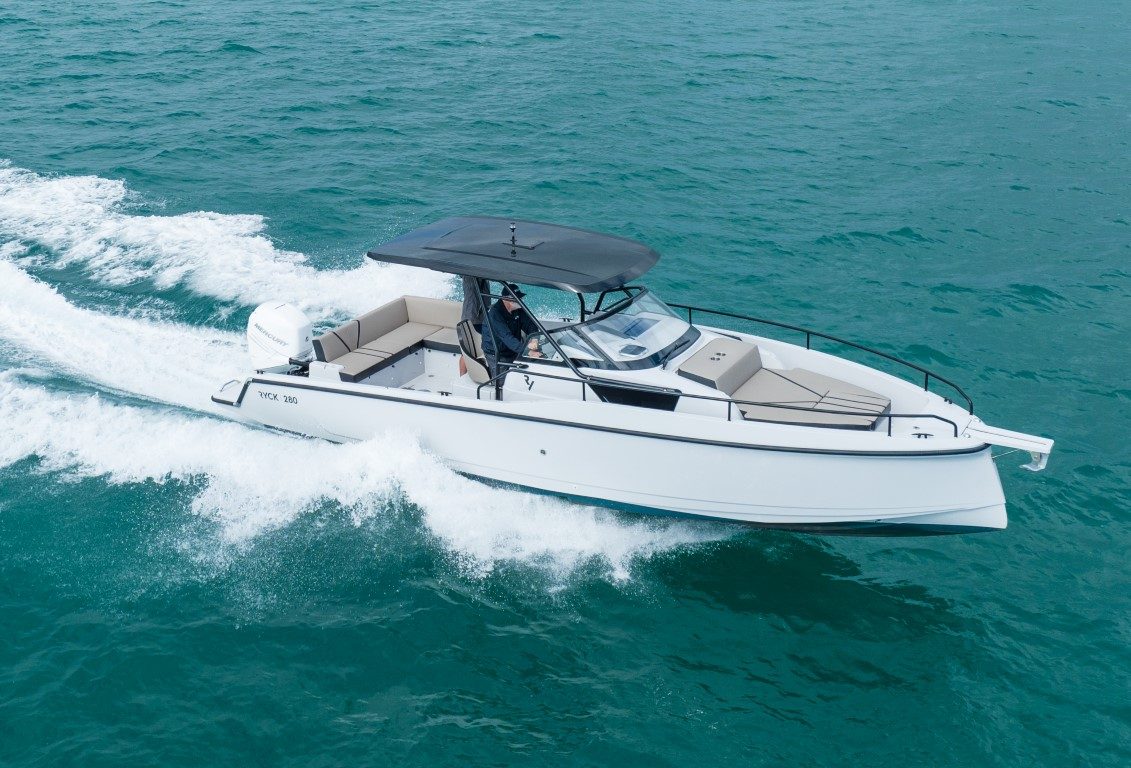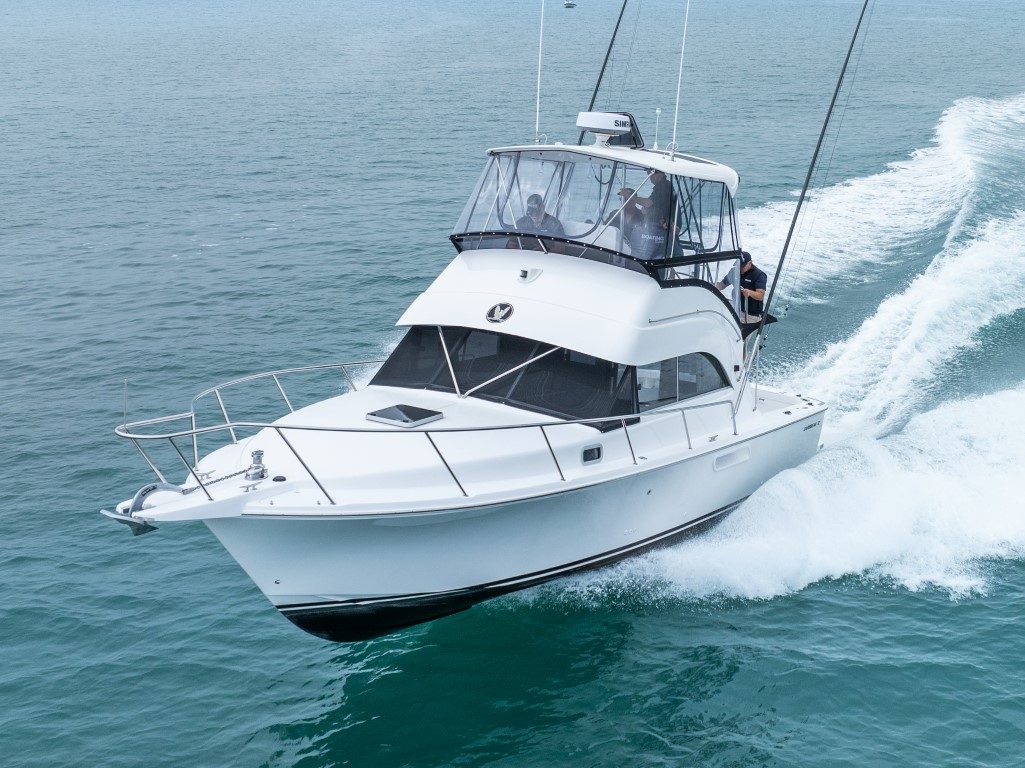She feels really easy and comfortable to sail, even in a good breeze and a chop.
- Efficient diesel powertrain
- Extensive Simrad electronics package
- Shark helm seats absorb up to 10 gees of force
- Soft riding and dry
- Medical bay
- GRP hull
- Fairly daunting to transport by road
- Capable of high average speeds in most conditions
- Great asset for the Far North
- Purpose-built rescue response vessel

